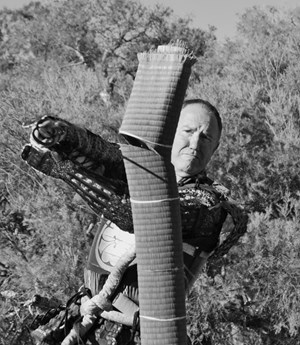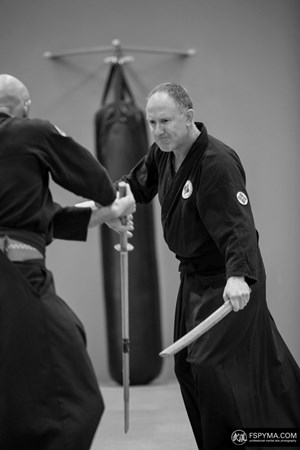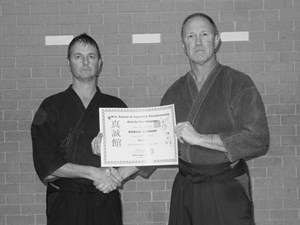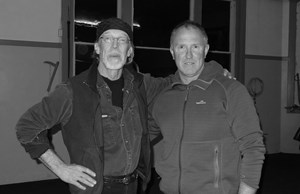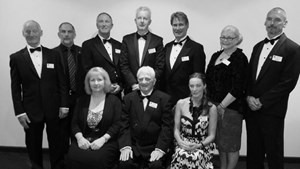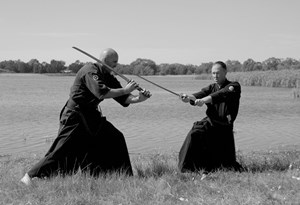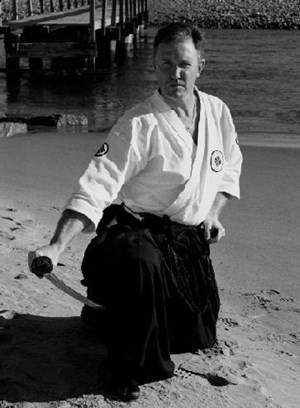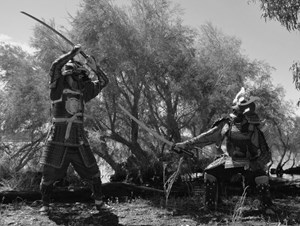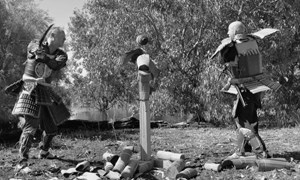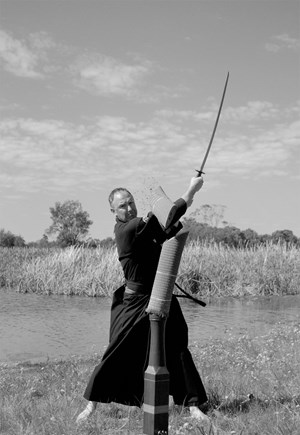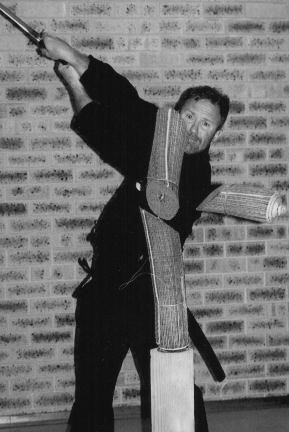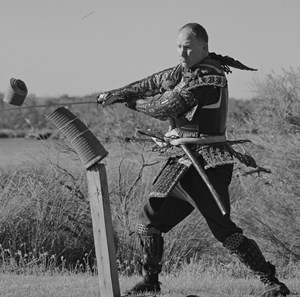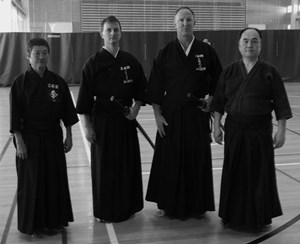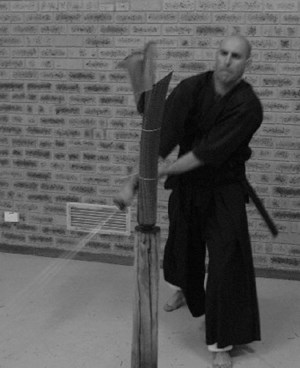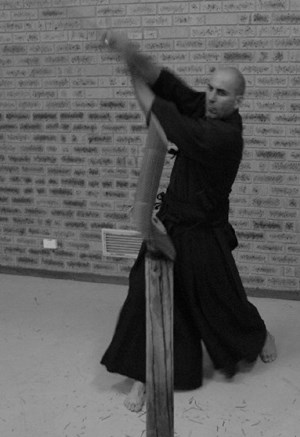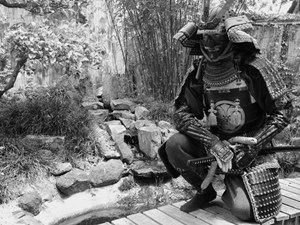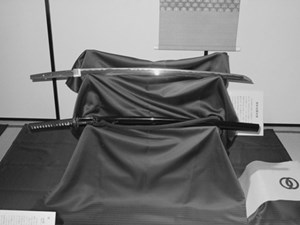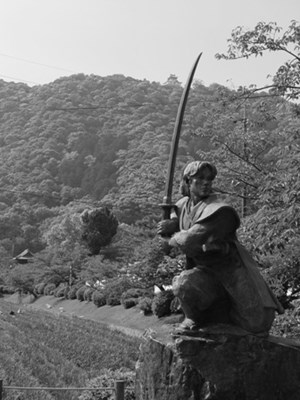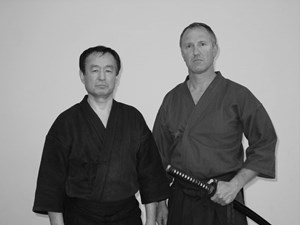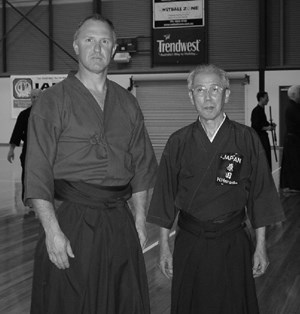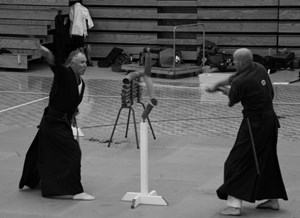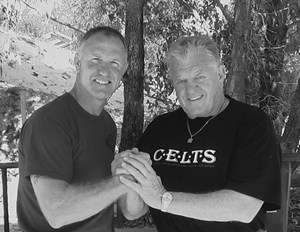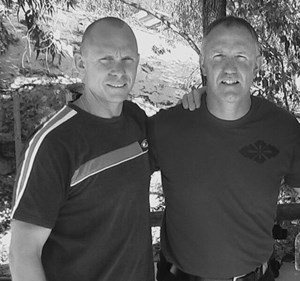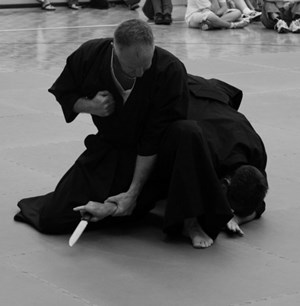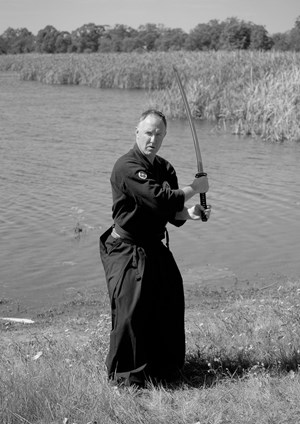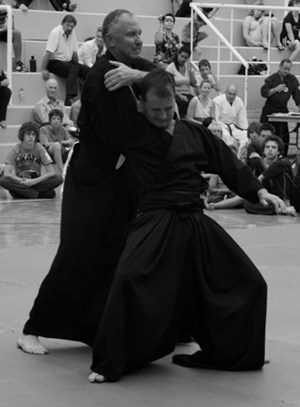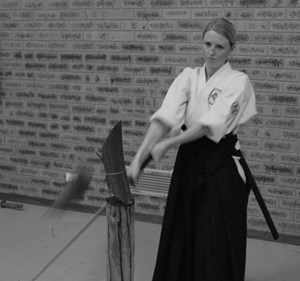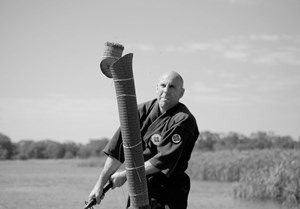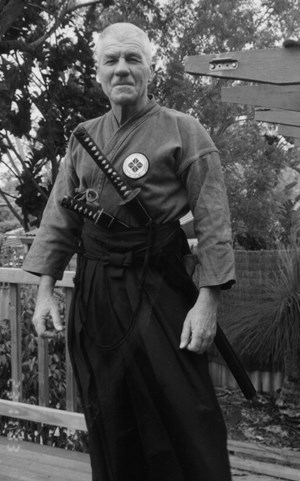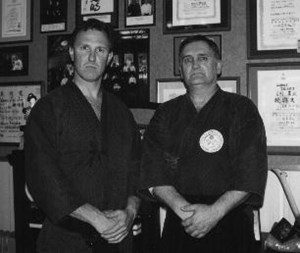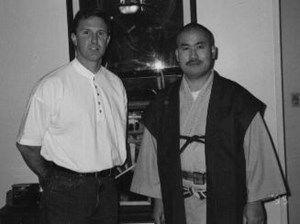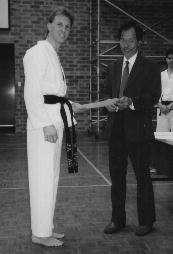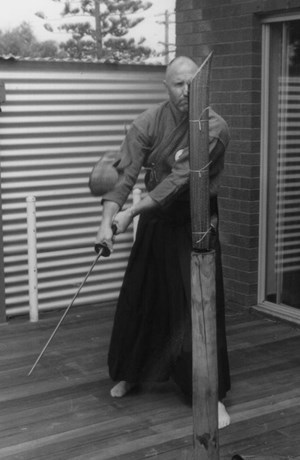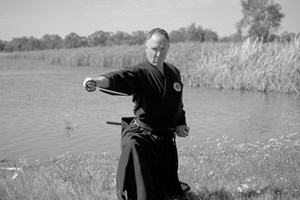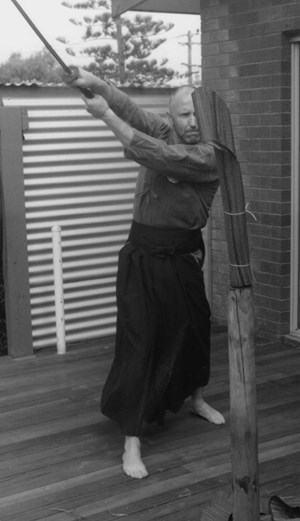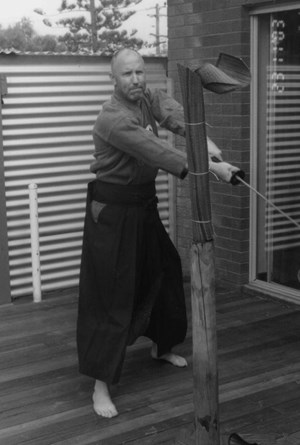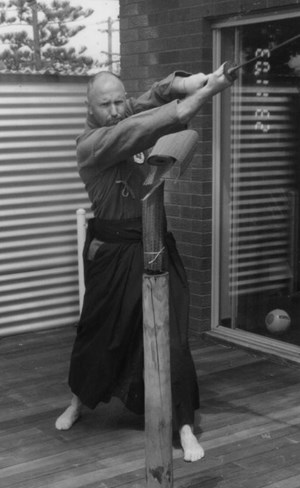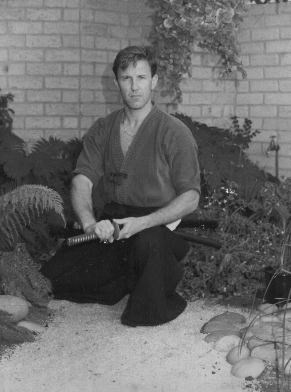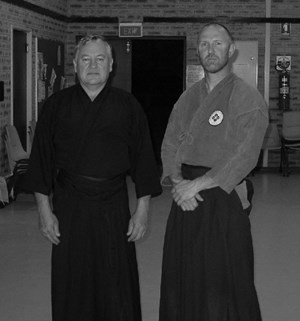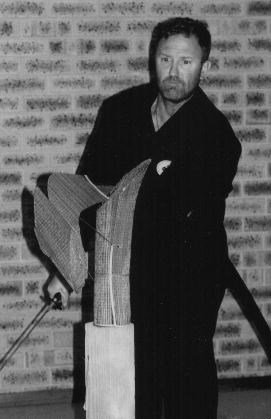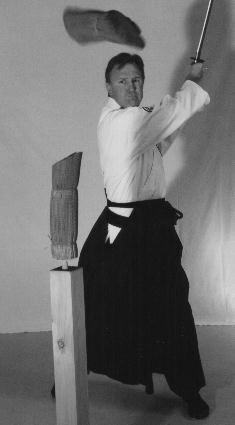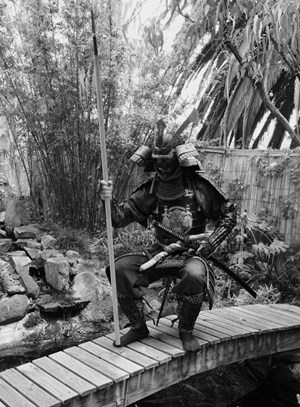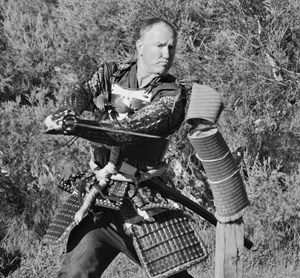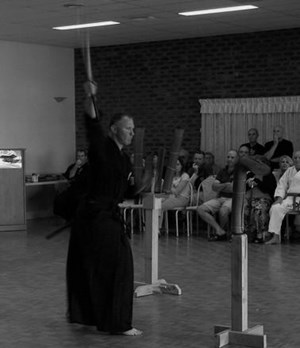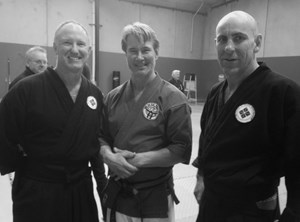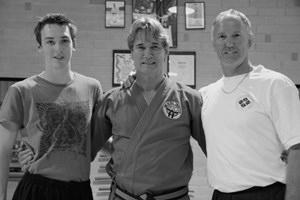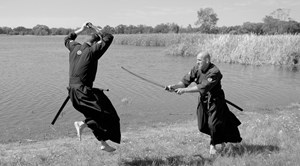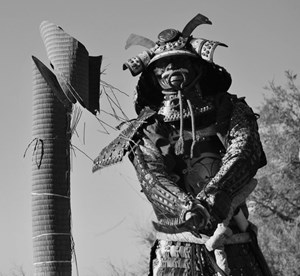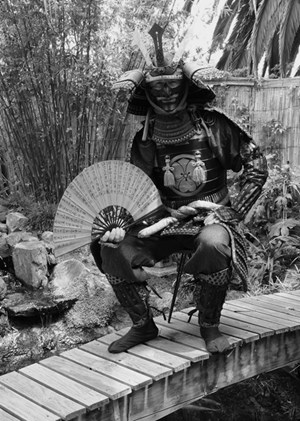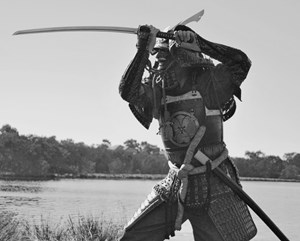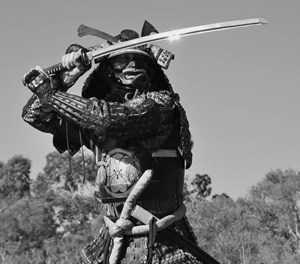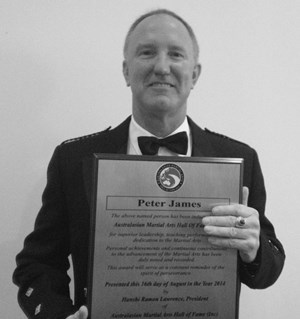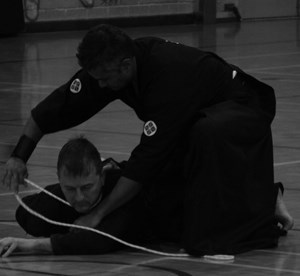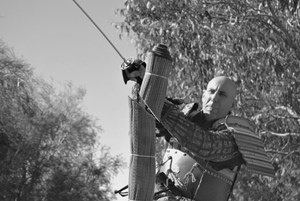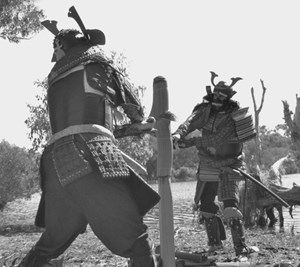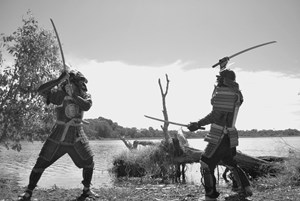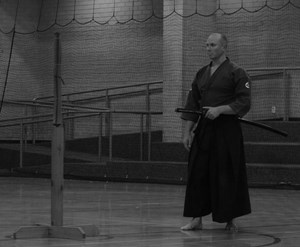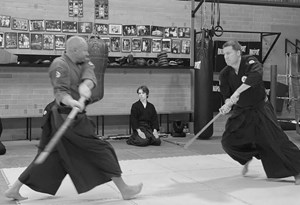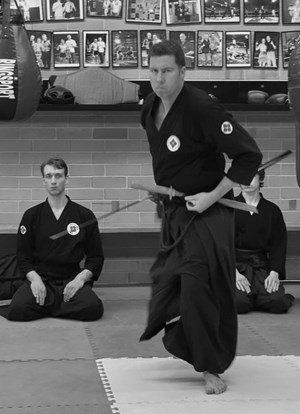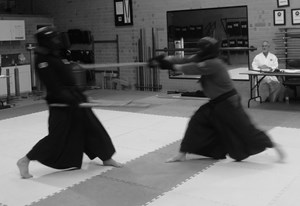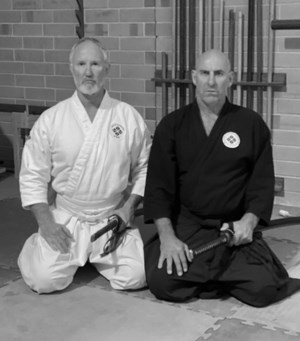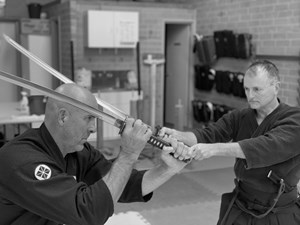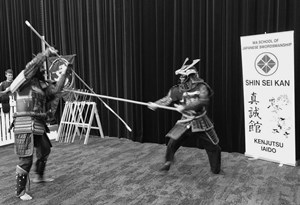Elements of the Modern Sword School
Alex Gladding, May 2021
There is little doubt that swords are not as relevant to today's warfare as they used to be, but nestled in amongstkoryuand family based sword styles, the modern sword school operates in a more transient state, carrying on traditions, evolving and translating the teachings of the past into lessons that are valid and useful today. The modern sword school may or may not be able to trace their teachings back centuries but they often reference manuals and manuscripts written years ago and respect the teachings of the past and the pioneers who worked hard in their time. Like them, the techniques that are being taught are chosen and tested to be effective and challenging to students both mentally and physically using the best equipment available.
My aim with essay is to celebrate the some of the elements of modern sword schools and although it references Japanese swordsmanship for the most part, it does not discount other styles including HEMA (Historical European Martial Arts) and other weapons and unarmed systems from around the world.
Firstly, modern schools of swordsmanship apply modern science with a balance of physical and intellectual components to sharpen and strengthen student minds and bodies. This builds confidence through a unity of body, mind and spirit.Kendoandjudoare so prominent in Japanese education and military institutions for this reason. It is well understood that mental and physical exercise improves mental functioning memory, mood, learning potential and resilience while also providing more energy. In short, the modern sword school uses physical training to affect mental strength which improves physical competency. Terminology and grading requirements are usually detailed and explicit, and history, strategy and physics are mixed into our physical training to better understand the techniques.
By providing and demanding fitness and conditioning in relation to correct technique, a school gives students the groundwork to learn skills and continue training without unnecessary and prolonged injury. After all, the sword requires energy to weld and an opponent's energy to navigate and so learning things like proper grip, body posture and footwork, provides a foundation of competency and safety. The intensity of interactions build as students gain confidence, and as we move up the ranks we find harder and nuanced testing conditions which in turn increases endurance, resilience and self-improvement.
The modern sword school is firm and clear about its formalities and etiquette, and promote a cohesion between all styles of swordsmanship. When we enter the training building we leave the outside world, whether this begins with meditation, or a signal from the instructor. Across all the sword schools I have attended, the start of learning is clear no matter how relaxed and informal the lessons are. This moment might not be as formal in a HEMA school as it in a Kenjutsu school, but warmups, short conversations or lesson introductions work in the same way to relax students and open their minds to the learning of that session. Combat/sparring is marked by each opponent in the same way, whether that is a bow, a salute, the touching of gloves or swords. Many students take up swordsmanship with previous experience in a wide range of other martial arts. These outside influences and approaches can really help school skill development. The modern school is not concerned with students leaving and returning or training with other schools because this often shows ownership of their own learning and development, which is something every serious student and school should be doing.
Kata and drills are effective training exercises that build skills related to the techniques, and combat of the school. Any movements students in a school are practicing are more than choreography and calisthenics. Evensuburi,or repetitive cutting patterns, develop proper grip, correct footwork, cutting angles, breathing and balance. Each kata or drill should be made up of the techniques of the school, which in turn is used in combat with a consistent intensity.
Techniques - Kata/Drills - Sparring/Fighting
Appropriately intense combat and sparring are perfect vehicles to test techniques against opponents under pressurised conditions. Mistakes are learning, and frequent practice here works to lessen the unpredictable and stressful state of confrontation. Through this we learn to strengthen the spirit and many of the same things we do withsuburi/repetitive cutting including distancing, timing, weapon characteristics and most importantly, the cohesion of mind and body as it clashes with that of our opponent.
Lastly, through regulartameshigiri, using a range of cutting materials and weapons, the modern sword school attends to all aspects of sword work. By cutting and striking through actual targets, students are provided with important feedback in relation to the technical elements of sword handling. Energy, blade angle, speed, balance, distance and flow all work together with the characteristics of the weapons we use in an effort to cut cleanly and accurately through targets with little effort.
Recently we have entered a climate where some martial arts styles, schools and individuals are called out on their claims to effectiveness. I believe this is due the absence of constant evaluation and critique in keeping with the points above. The attitude of a good sword school is supportive, challenging and critical in the way it teaches students and assesses itself. The attitude of a modern sword school should align with that of a good swordsman, attending to the moment, not too attached to the past or style that it hinders its own progression but adopting what is meaningful and useful through theoretical and physical testing. If the quality of the school diminishes over time due to a reluctance to hold standards or pass on experience of its members, that is unfortunate. Students thrive in a healthy school that is generous with its time, knowledge and energy.
